Palau travel tips
Palau travel tips: A Pacific island nation, boasts pristine coral reefs, vibrant marine life, and a unique blend of traditional and modern culture.
States 🌎
Palau travel tips. Here is a list of all the states of the Palau.

Aimeliik
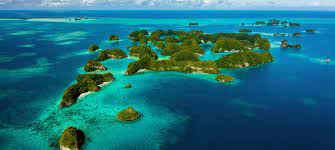
Airai
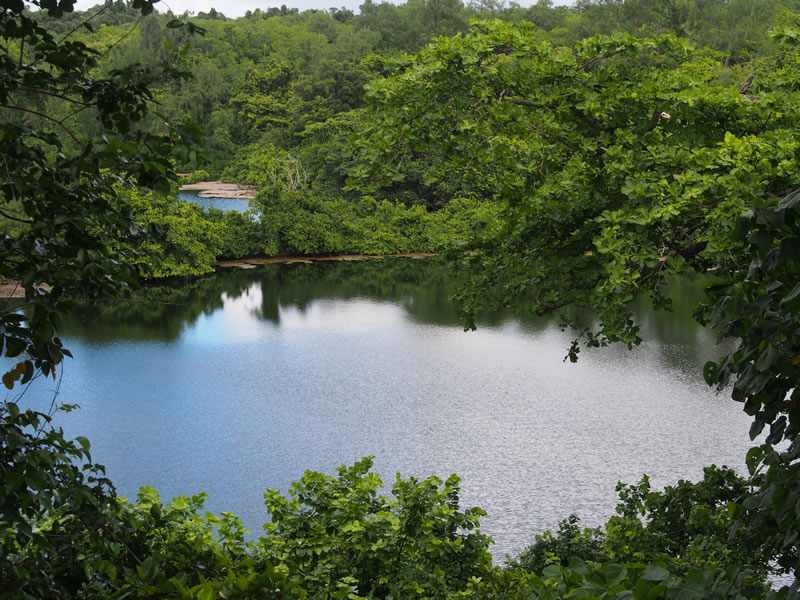
Angaur
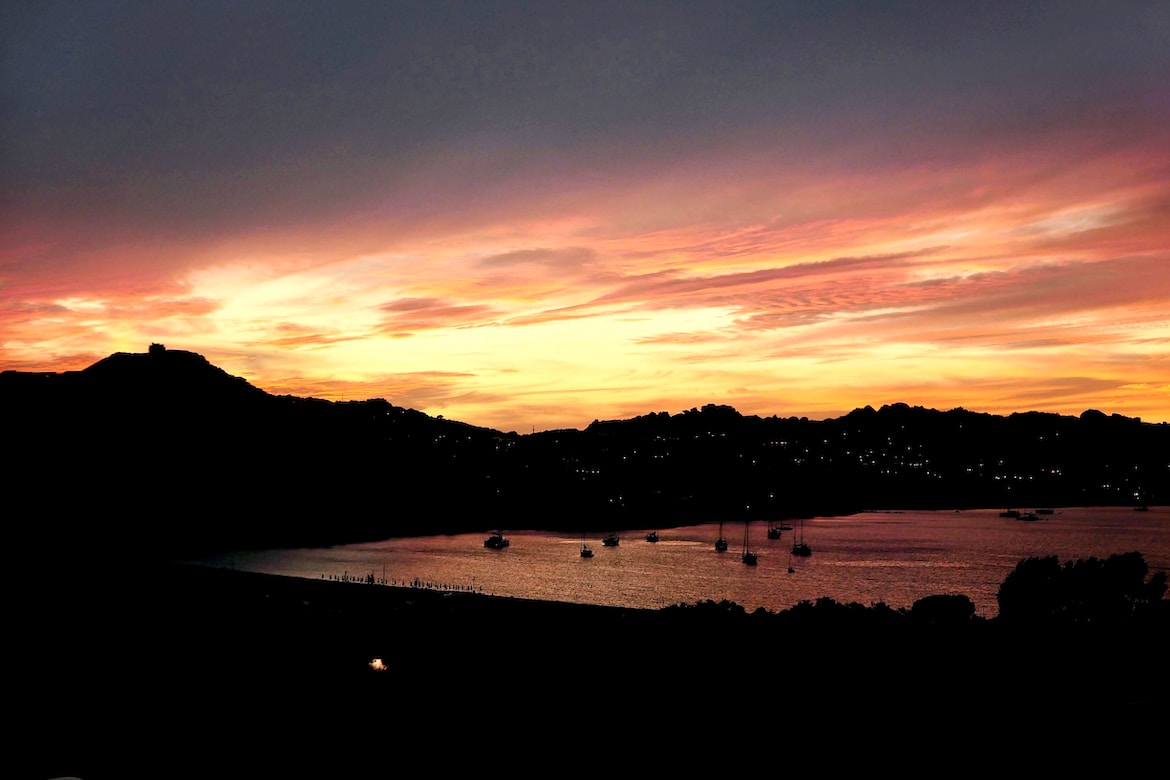
Hatohobei
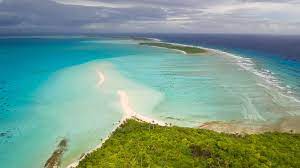
Kayangel
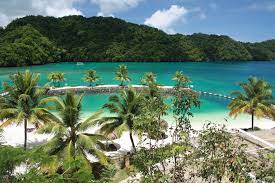
Koror
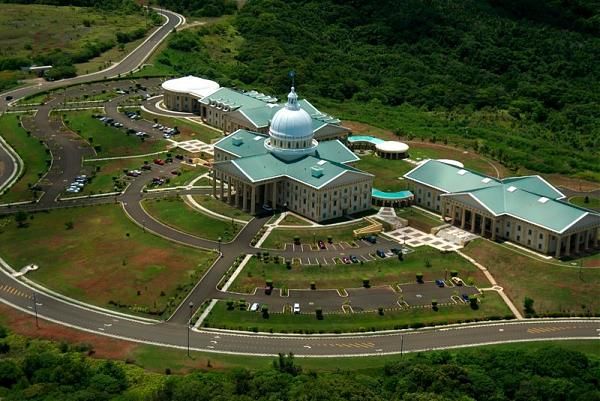
Melekeok
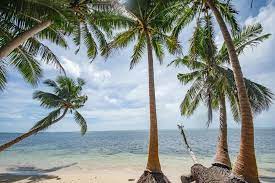
Ngaraard
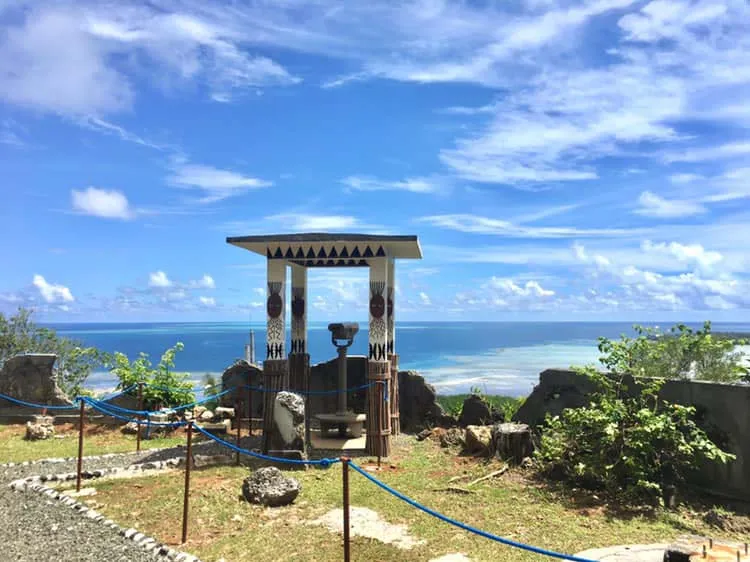
Ngarchelong
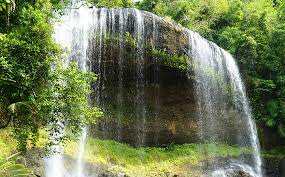
Ngardmau
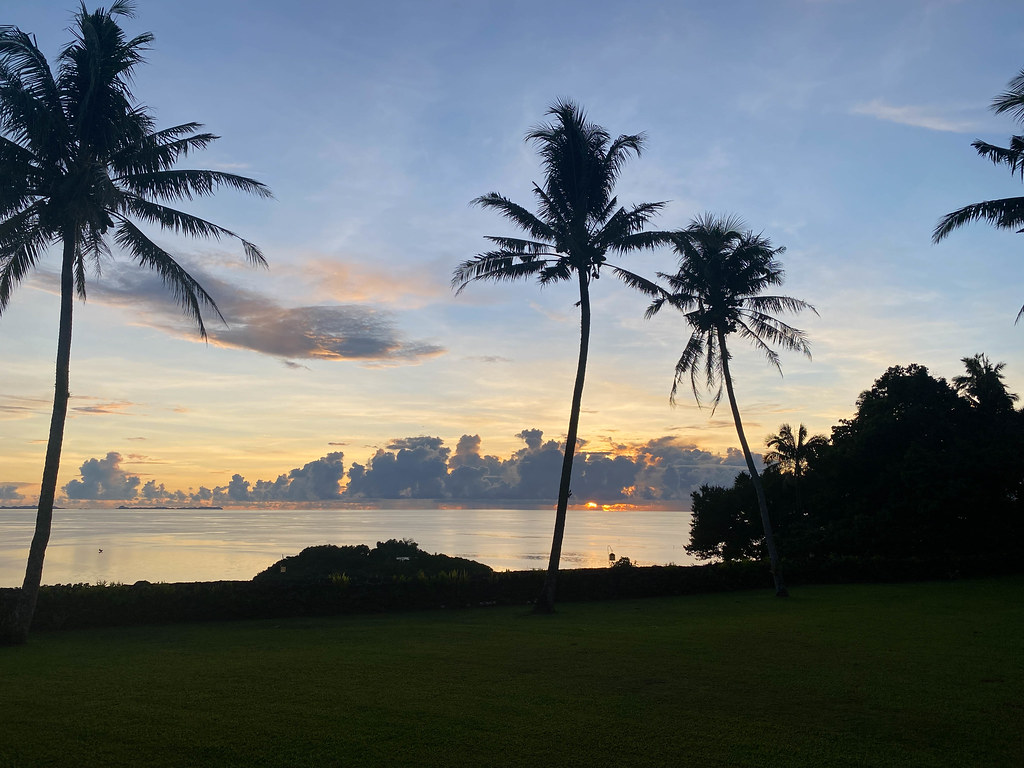
Ngatpang
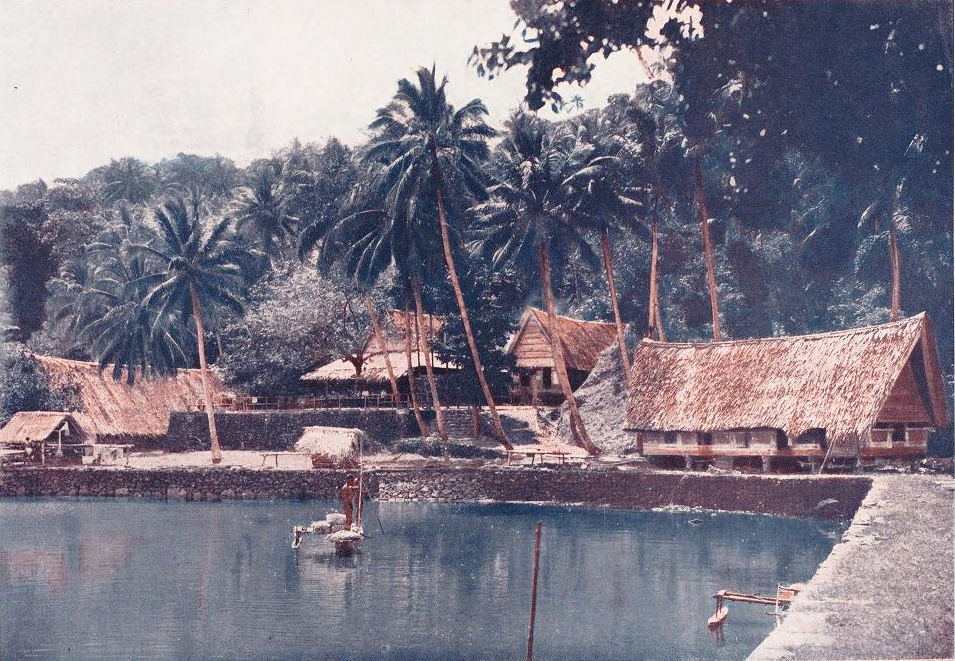
Ngchesar
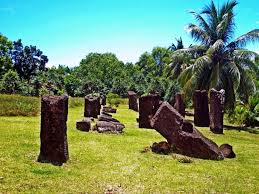
Ngiwal

Peleliu
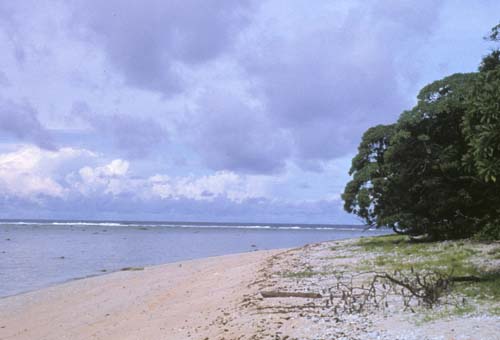
Sonsorol
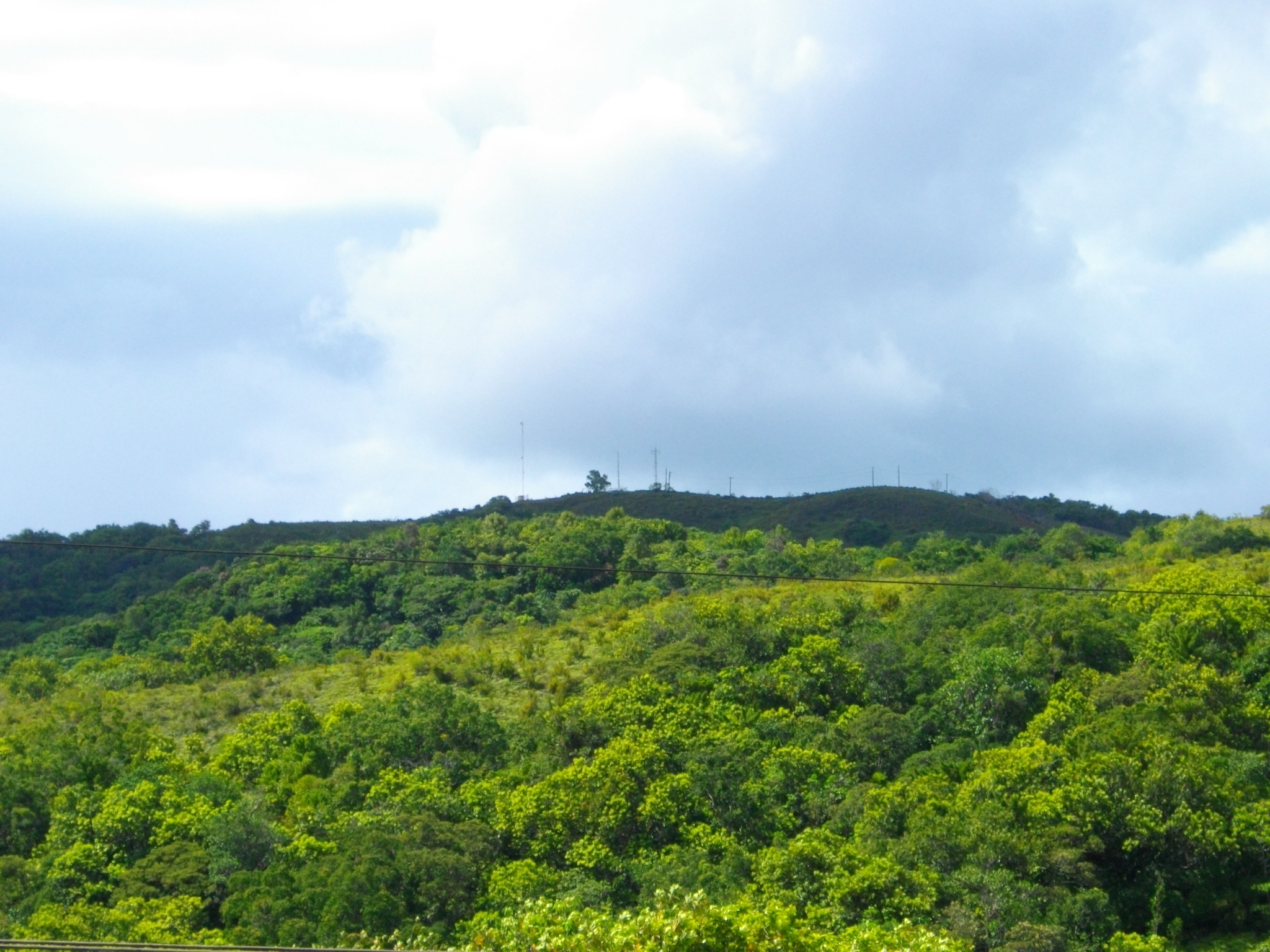
Ngeremlengui
Before you go 🛩
Important information you should know before your trip
Info

Capital | Melekeok
Flag Codes:
ISO alpha-2 PW,
ISO alpha-3 PLW
Currency
Badge | US Dollar
CODE | USD
NUMBER | 840
SYMBOL | $
FRACTION | penny
Mobile Coverage
Dialing Code | +680
SIM Card
Coverage | 3G / 4G / 5G |
Mobile Networks |
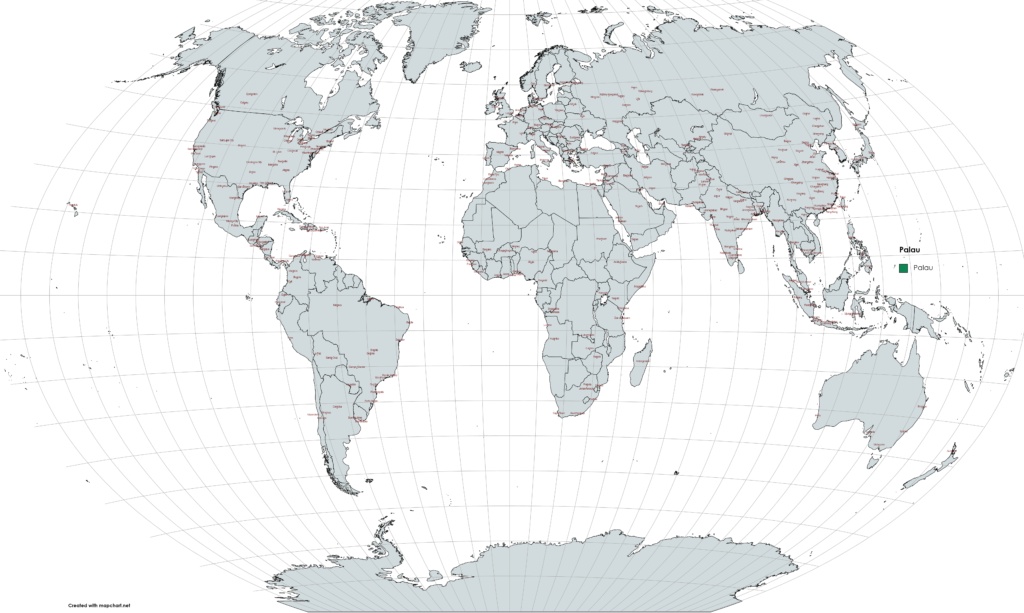
Location
Palau, officially known as the Republic of Palau, is an island country located in the western Pacific Ocean. It is part of the Micronesia region and is situated in the westernmost region of the Caroline Islands. The country is geographically located between the Philippines to the west and Guam to the northeast.
Palau consists of a group of islands, with the main island being Babeldaob, where the capital city of Ngerulmud is located. Other significant islands include Koror, Peleliu, Angaur, and the Rock Islands. The Rock Islands, also known as the Palau Archipelago, are a UNESCO World Heritage Site and are renowned for their stunning landscapes and marine biodiversity.
The country is relatively small, with a total land area of around 459 square kilometers (177 square miles). It is known for its pristine beaches, crystal-clear waters, diverse marine life, and vibrant coral reefs. Palau is a popular destination for diving, snorkeling, and eco-tourism due to its rich natural beauty.
Currency
The currency of Palau is the United States dollar (USD).
The United States dollar is the official currency of Palau and is widely accepted throughout the country.
It is used for all transactions, including purchases, accommodations, and services.
Palau does not have its own currency and has adopted the US dollar as its official currency since 1983. When visiting Palau, it is advisable to have US dollars in cash or use internationally accepted credit or debit cards for payment.
Languages
The official languages of Palau are Palauan and English.
Palauan, also known as Belauan, is an Austronesian language spoken by the majority of the population in Palau. It is the indigenous language of the Palauan people and is used in everyday communication, cultural ceremonies, and traditional storytelling.
English is widely spoken and understood in Palau, particularly in urban areas, government offices, businesses, and the tourism industry. English serves as the language of education, government, and commerce. Many signs, menus, and information materials are available in English, making it easier for English-speaking visitors to navigate and communicate in Palau.
Additionally, due to its popularity as a tourist destination, many Palauans working in the tourism sector, such as tour guides, hotel staff, and dive instructors, are proficient in English.
While Palauan and English are the primary languages, you may also encounter other languages spoken by small immigrant communities in Palau, such as Filipino (Tagalog), Chinese, and other Pacific island languages.
Climate 🌡
Palau has a tropical climate characterized by high temperatures, humidity, and significant rainfall throughout the year. The climate is influenced by its location in the western Pacific Ocean and the presence of the North Equatorial Current.
The country experiences two distinct seasons: a wet season and a dry season.
Wet Season (May to November): The wet season in Palau coincides with the southwest monsoon and typically lasts from May to November. During this period, the weather is generally characterized by high humidity, frequent rainfall, and occasional thunderstorms. The rainfall is more abundant from July to October, with September being the wettest month. Despite the rain, there are still plenty of sunny days during the wet season.
Dry Season (December to April): The dry season in Palau runs from December to April and coincides with the northeast monsoon. This period is characterized by drier and less humid weather with lower chances of rainfall. The dry season brings more sunshine and blue skies, making it an ideal time for outdoor activities such as diving, snorkeling, and exploring the islands.
It’s important to note that even during the dry season, Palau can still experience sporadic rain showers or brief periods of rainfall. The temperature in Palau remains relatively consistent throughout the year, with average daytime temperatures ranging from 27°C (81°F) to 32°C (90°F).
Water temperatures in Palau range from around 27°C (81°F) in the wet season to 30°C (86°F) in the dry season, making it ideal for water-based activities.
Palau travel tips
If you’re planning a trip to Palau, here are some travel tips to enhance your experience:
Diving at Blue Corner:
Dive or snorkel at Blue Corner for encounters with sharks, colorful fish, and vibrant coral reefs. Be prepared for strong currents and hire experienced dive guides.
Rock Islands UNESCO Site:
Explore the iconic Rock Islands, a UNESCO World Heritage site known for its unique limestone formations. Opt for a guided tour to discover hidden lagoons and pristine beaches.
Belau National Museum:
Immerse yourself in Palauan history and culture at Belau National Museum in Koror. View traditional artifacts, exhibits, and attend cultural events if available.
Shark City Diving:
Experience an adrenaline-filled dive with sharks at Shark City. Follow guidelines from experienced dive instructors to ensure safety.
Transportation:
Palau’s transportation relies on small domestic flights, boat charters, and rental cars for island exploration amid its stunning landscapes. View Guide.
Ngardmau Waterfall Excursion:
Visit Ngardmau Waterfall, Palau’s tallest waterfall, for a refreshing and scenic excursion. Wear appropriate footwear for the short hike to the waterfall.
Kayaking in Rock Islands:
Take a scenic kayak tour through the stunning Rock Islands. Paddle through hidden coves and mangrove channels for a unique perspective.
Enjoy your time in Palau!

The best of the best
Palauan cuisine is influenced by its location in the Pacific Ocean and the availability of local ingredients. Traditional Palauan foods often consist of fresh seafood, root crops, fruits, and vegetables.
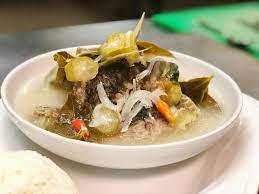
Palauan Soup (Omechel a Ramekuul)
This traditional soup is made with a combination of various ingredients, such as fish, taro leaves, coconut milk, ginger, and other local herbs.
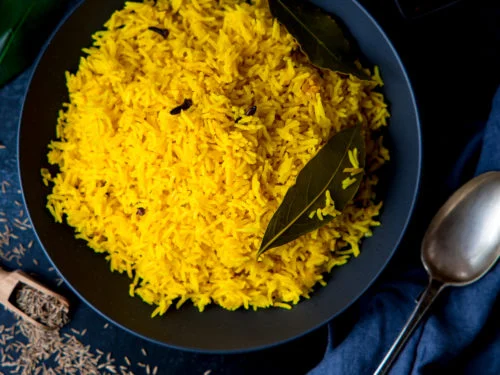
Rice and Noodles
While not traditionally Palauan, rice and noodles have become common in Palauan cuisine due to outside influences.
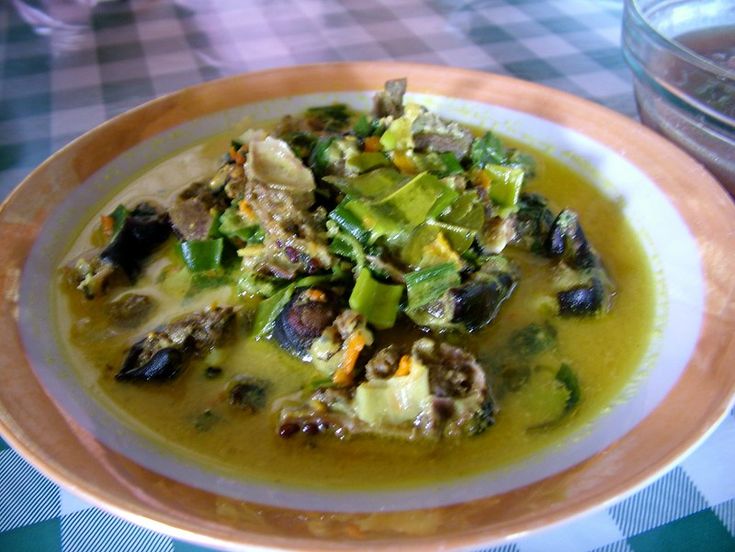
Bat Soup (Bech de Dael)
Bat soup is a unique Palauan delicacy, although it may not be as commonly consumed nowadays.
Here are some typical foods you might find in Palau:
Taro (Dasi): Taro is a staple crop in Palau and is used in various dishes. It is often boiled or steamed and served as a side dish or as an ingredient in stews and soups.
Fish and Seafood: Being an island nation, Palau is known for its fresh seafood. Fish, such as tuna, mahi-mahi, and snapper, are commonly grilled, fried, or cooked in coconut milk-based sauces. Other seafood, including clams, crabs, and shrimp, are also popular.
Pounded Taro (Kukau): Kukau is a dish made by pounding cooked taro with coconut milk and salt until it becomes a smooth and sticky consistency. It is often served as a side dish or a dessert.
Breadfruit (Maidei): Breadfruit is a versatile fruit used in Palauan cuisine. It can be boiled, roasted, or mashed and is often eaten with fish or coconut-based dishes.
Fruit and Tropical Delights: Palau is home to a variety of tropical fruits, including mangoes, papayas, bananas, and pineapples. These fruits are often enjoyed fresh or used in desserts and fruit salads.
Palau also has a range of international cuisine available, including Western, Asian, and other Pacific-inspired dishes, to cater to diverse tastes.
Transportation 🚥
More information about this country
Choose your destination 📍🗺
Useful Links ✅



